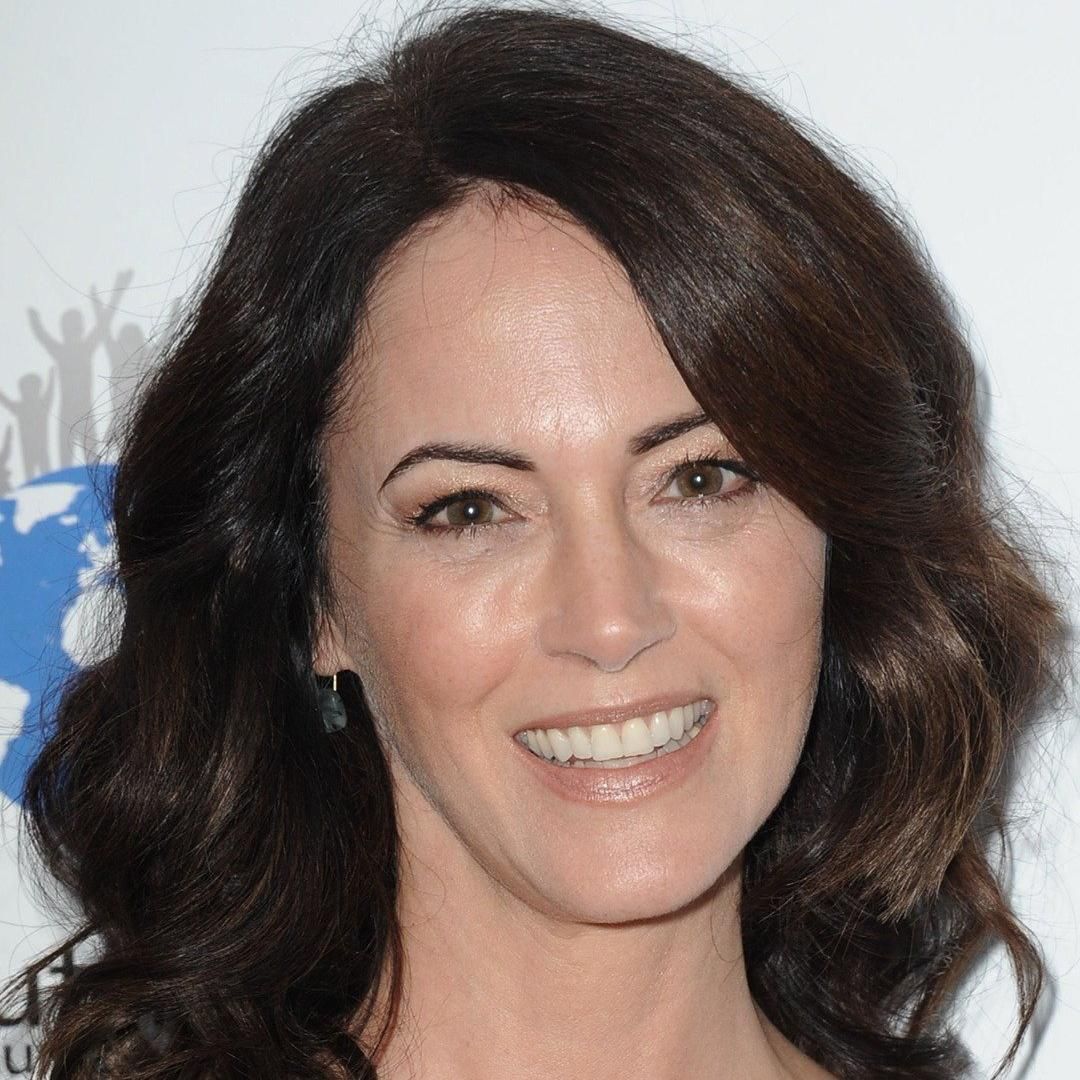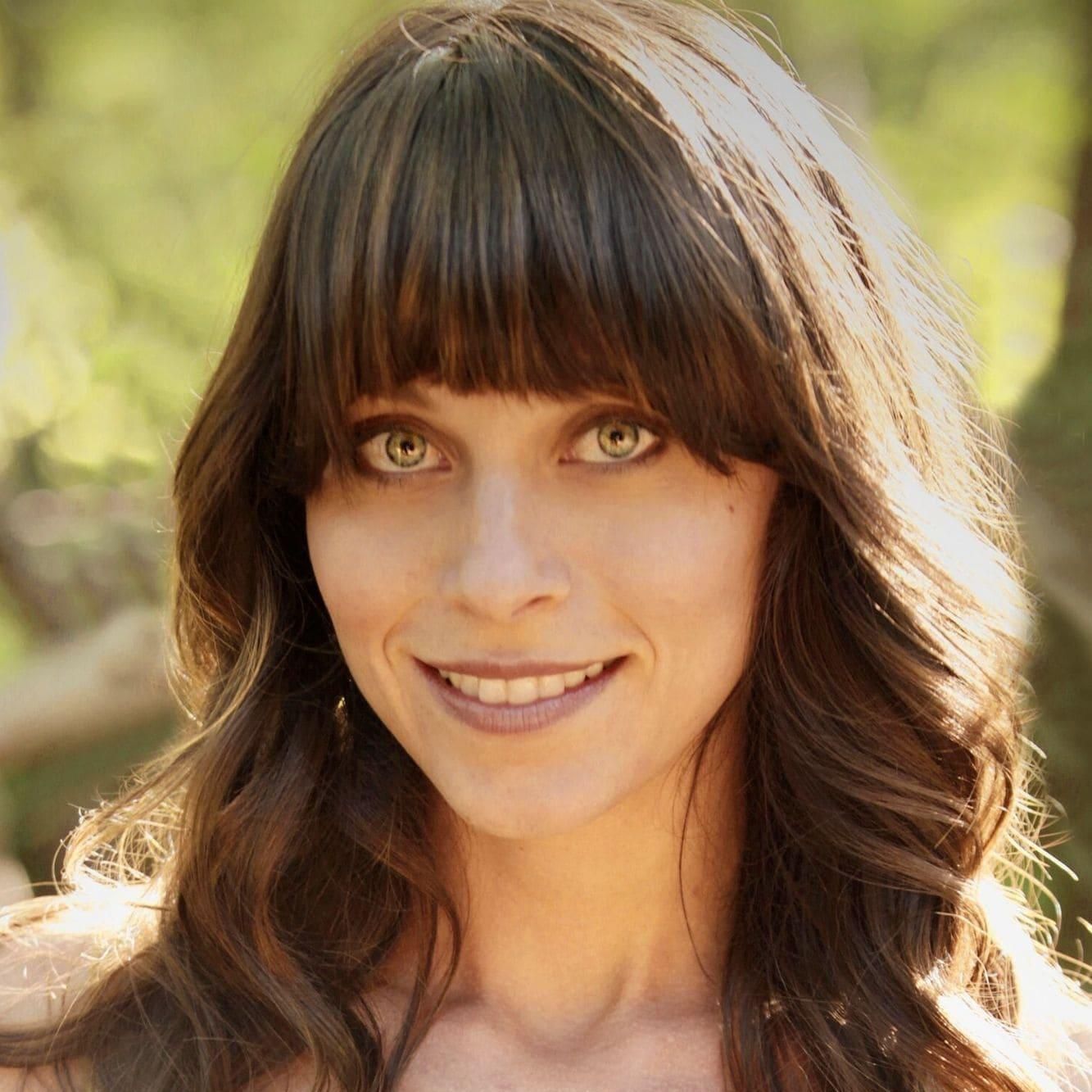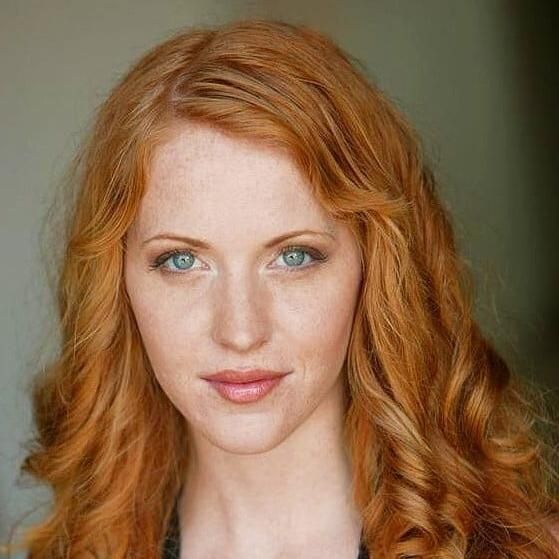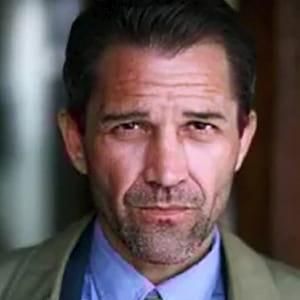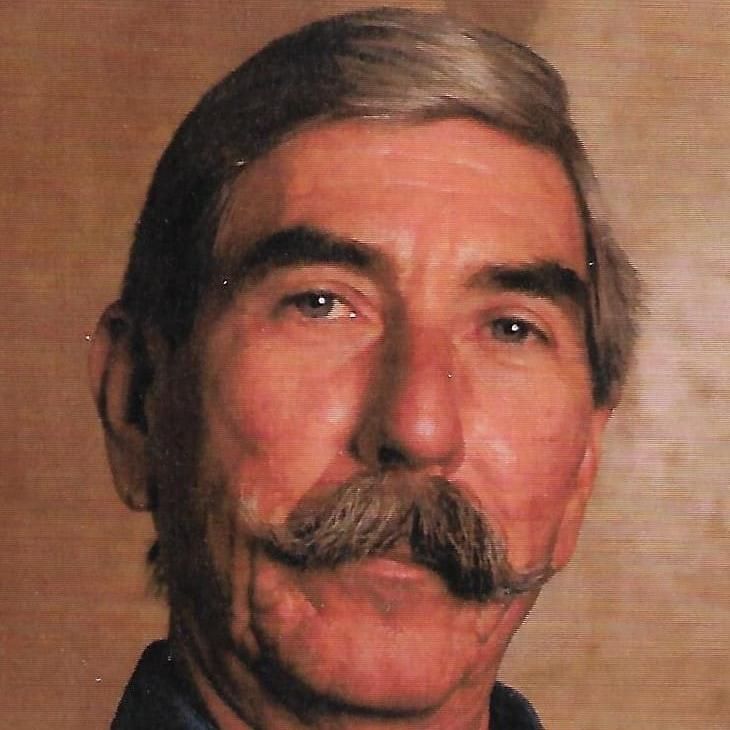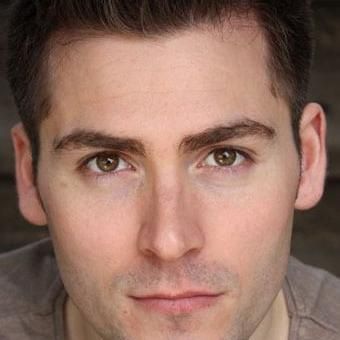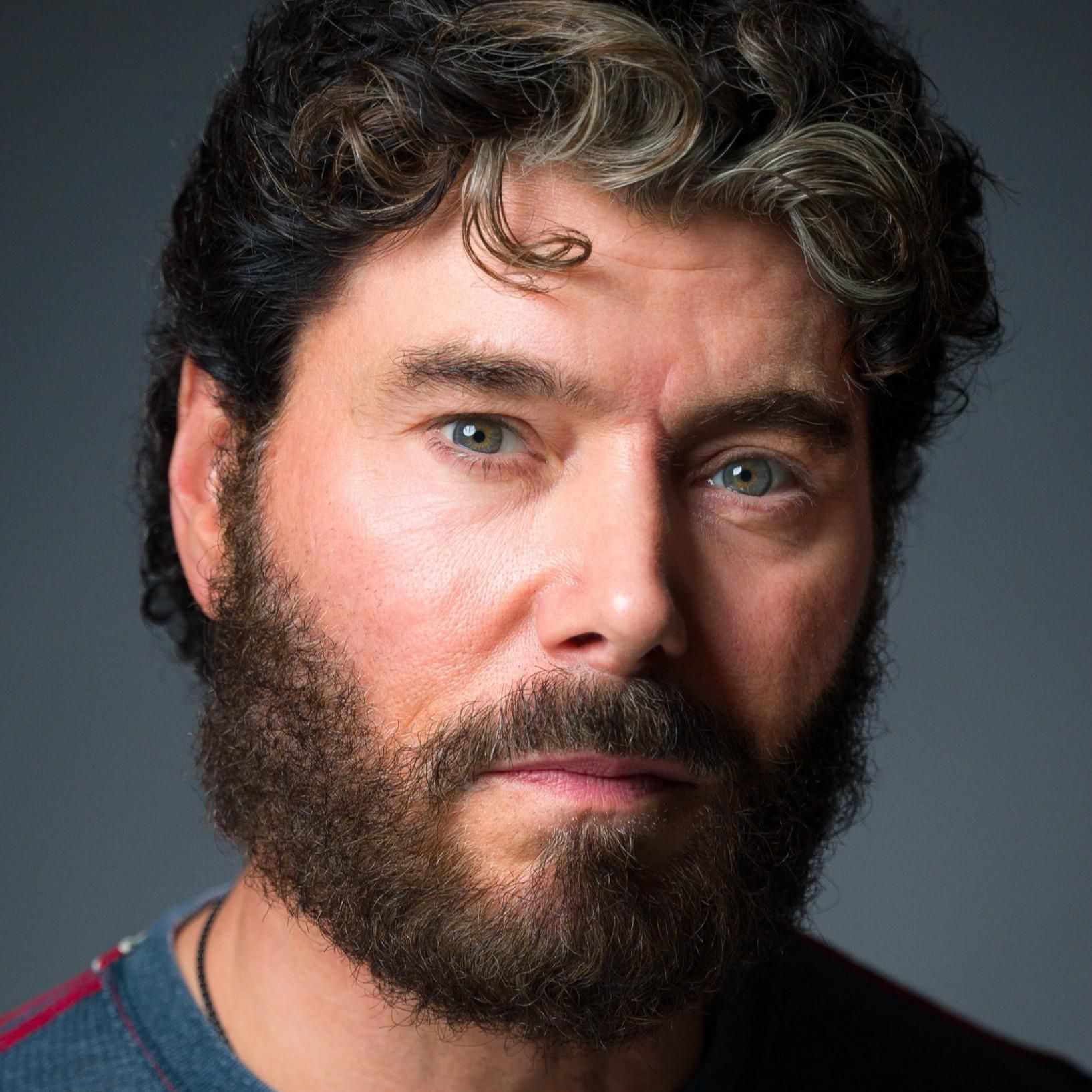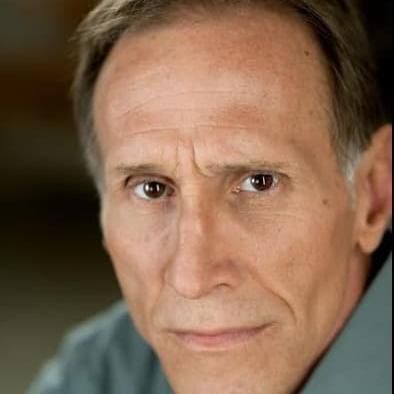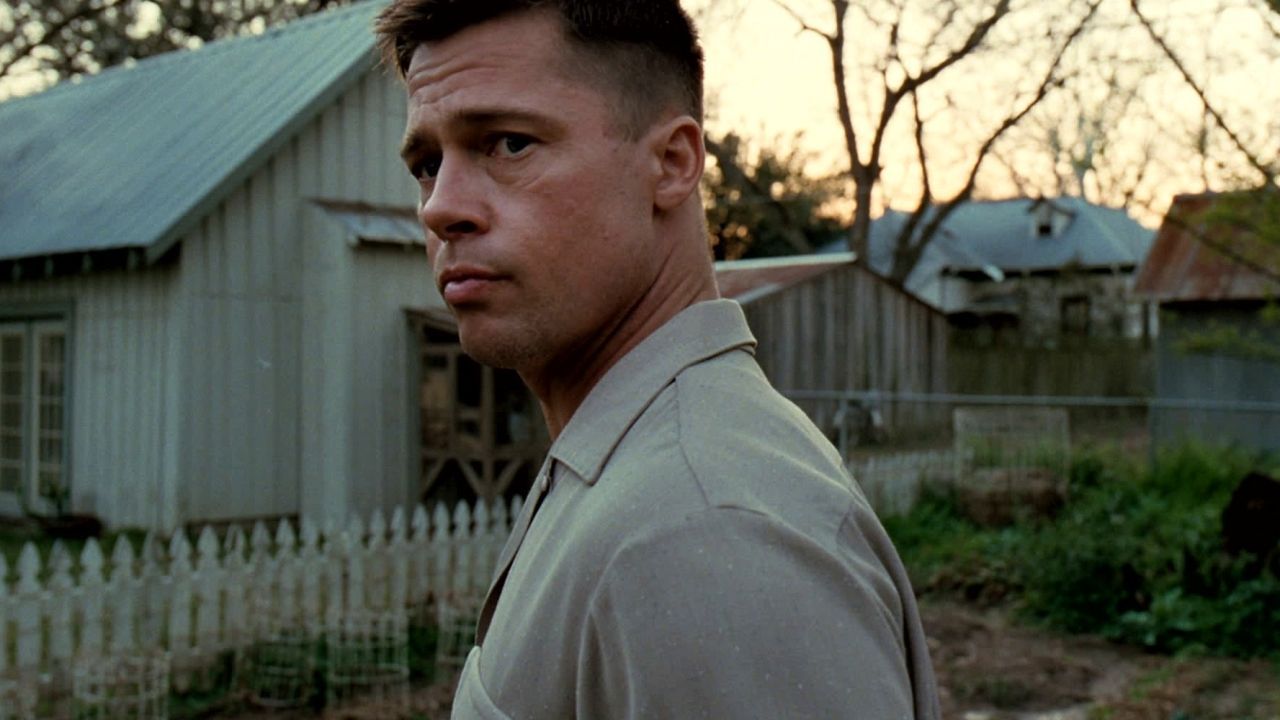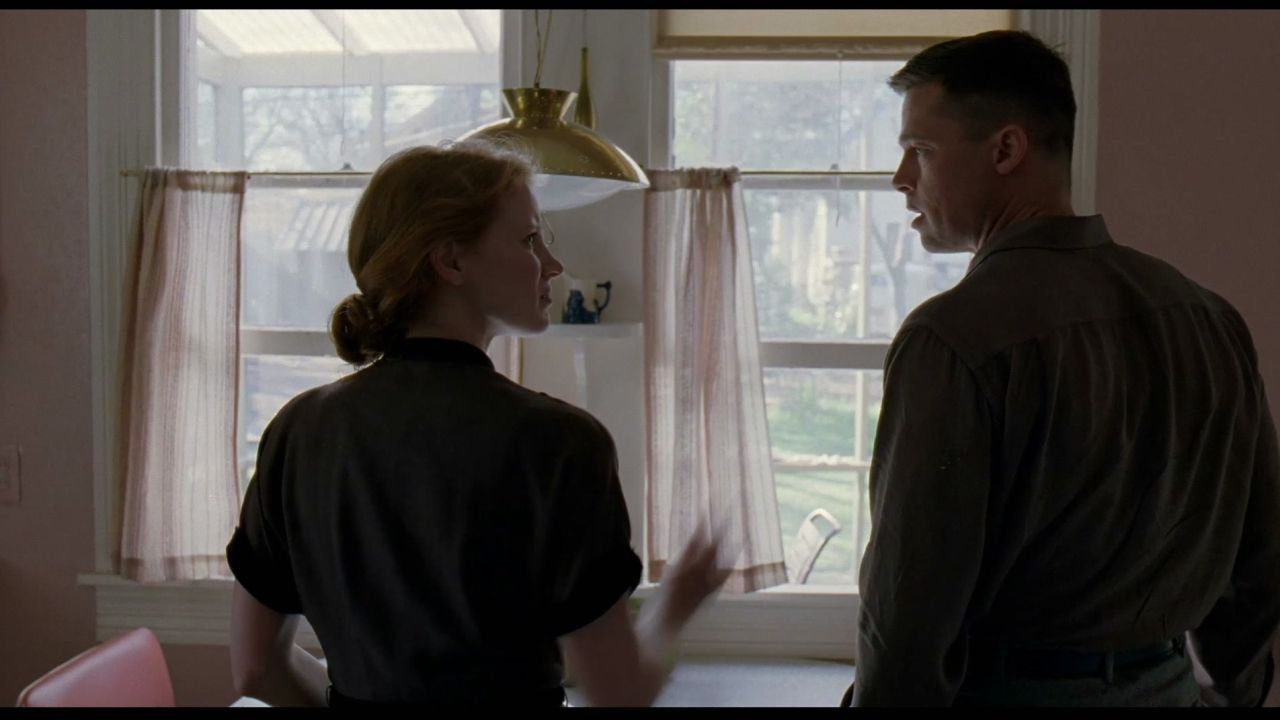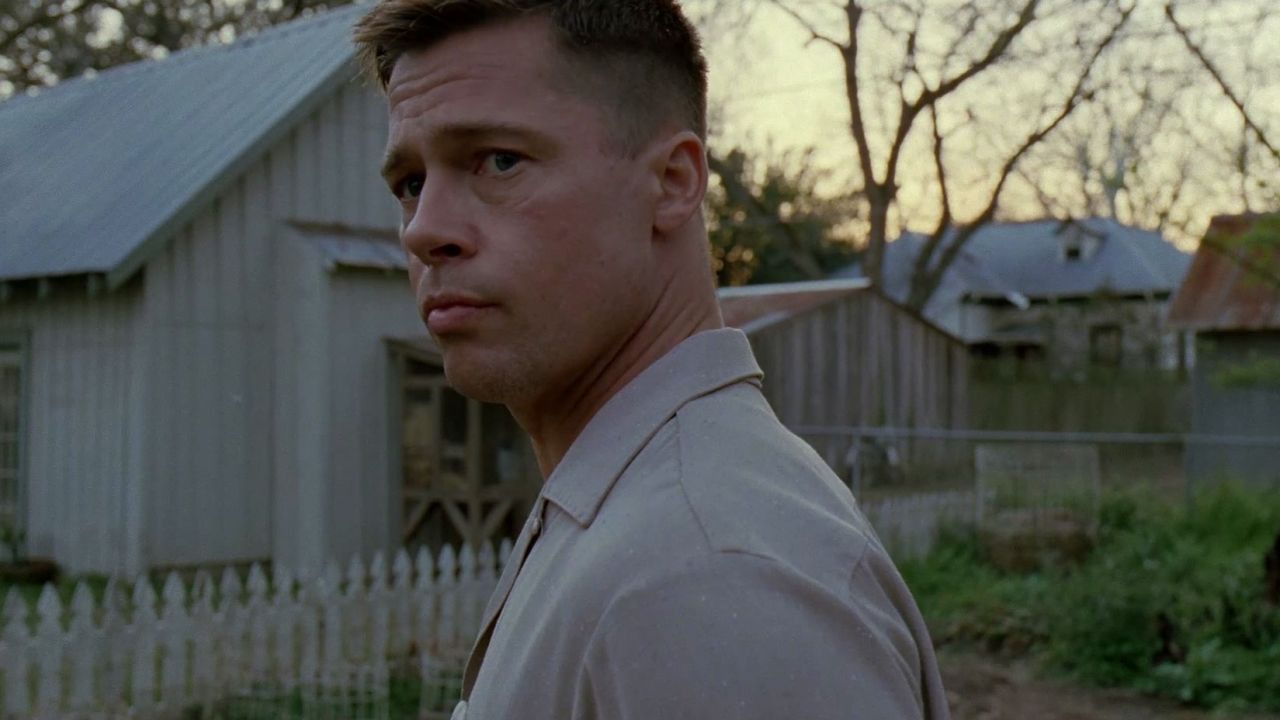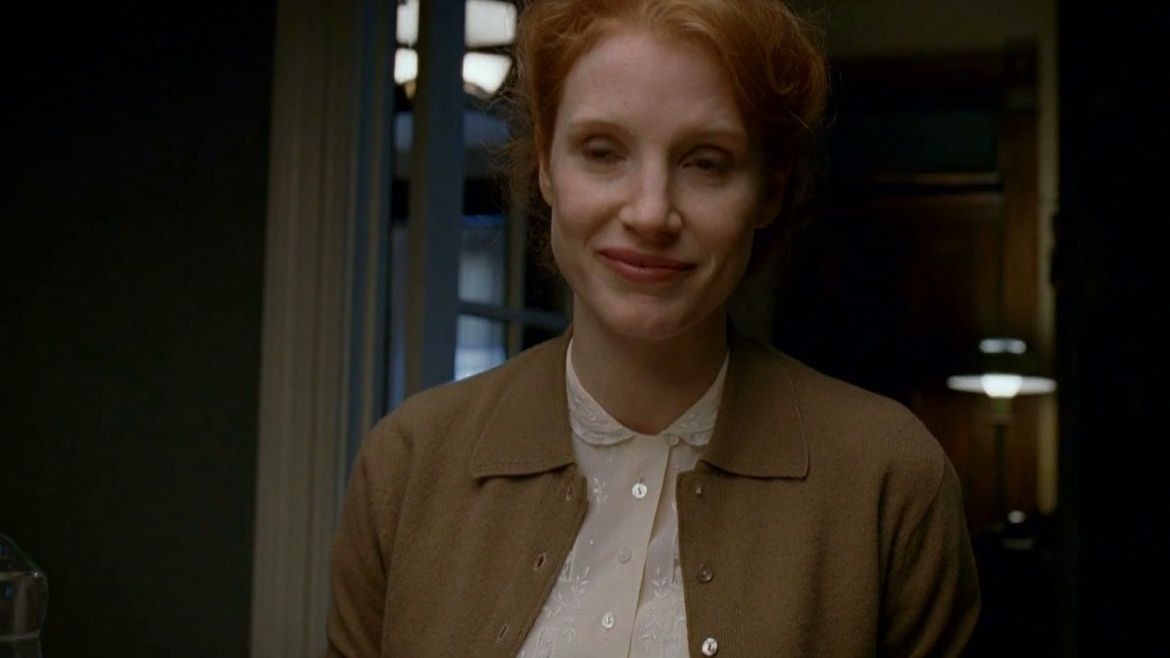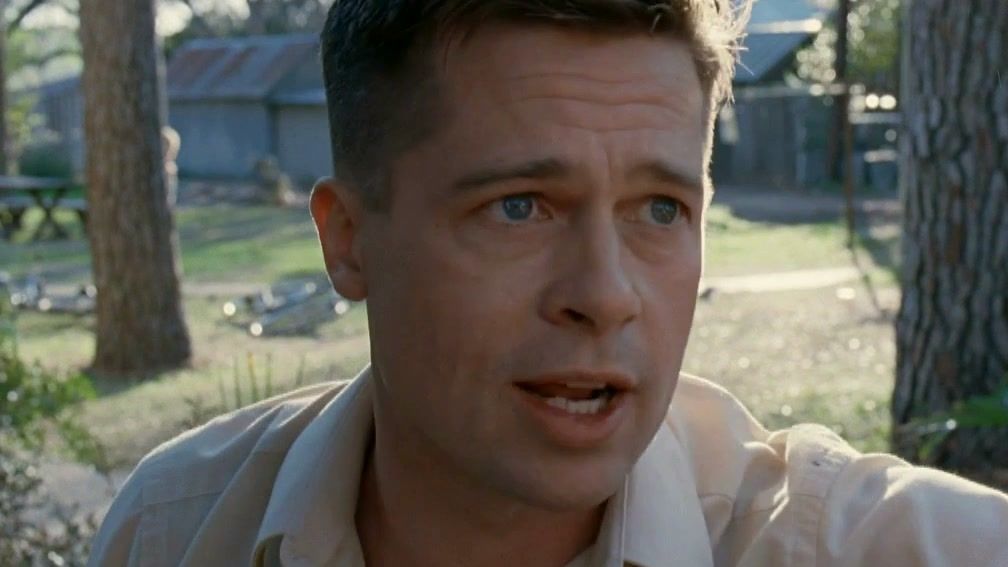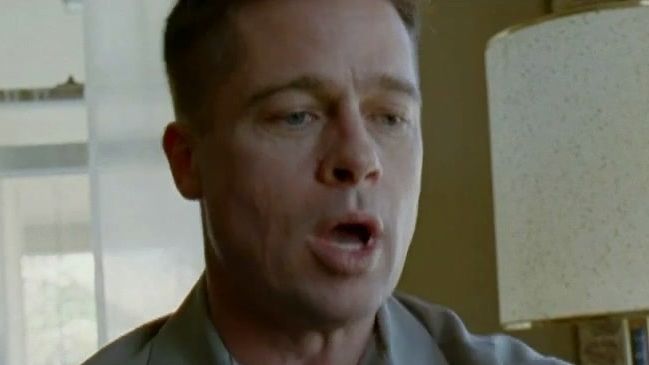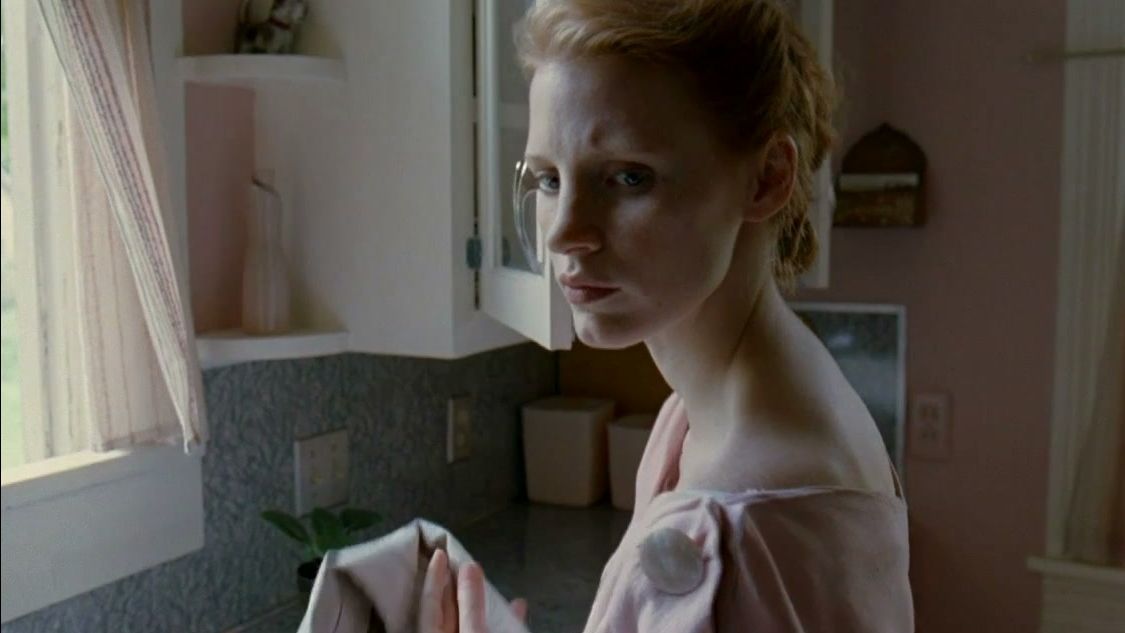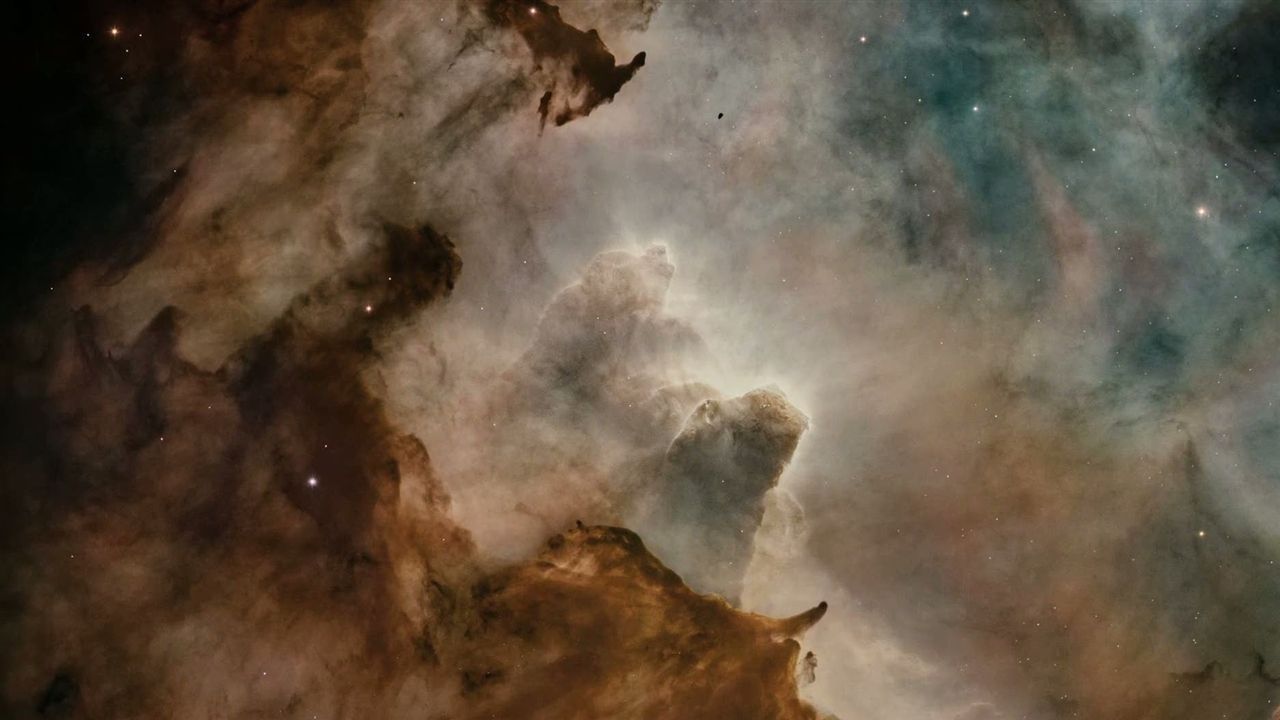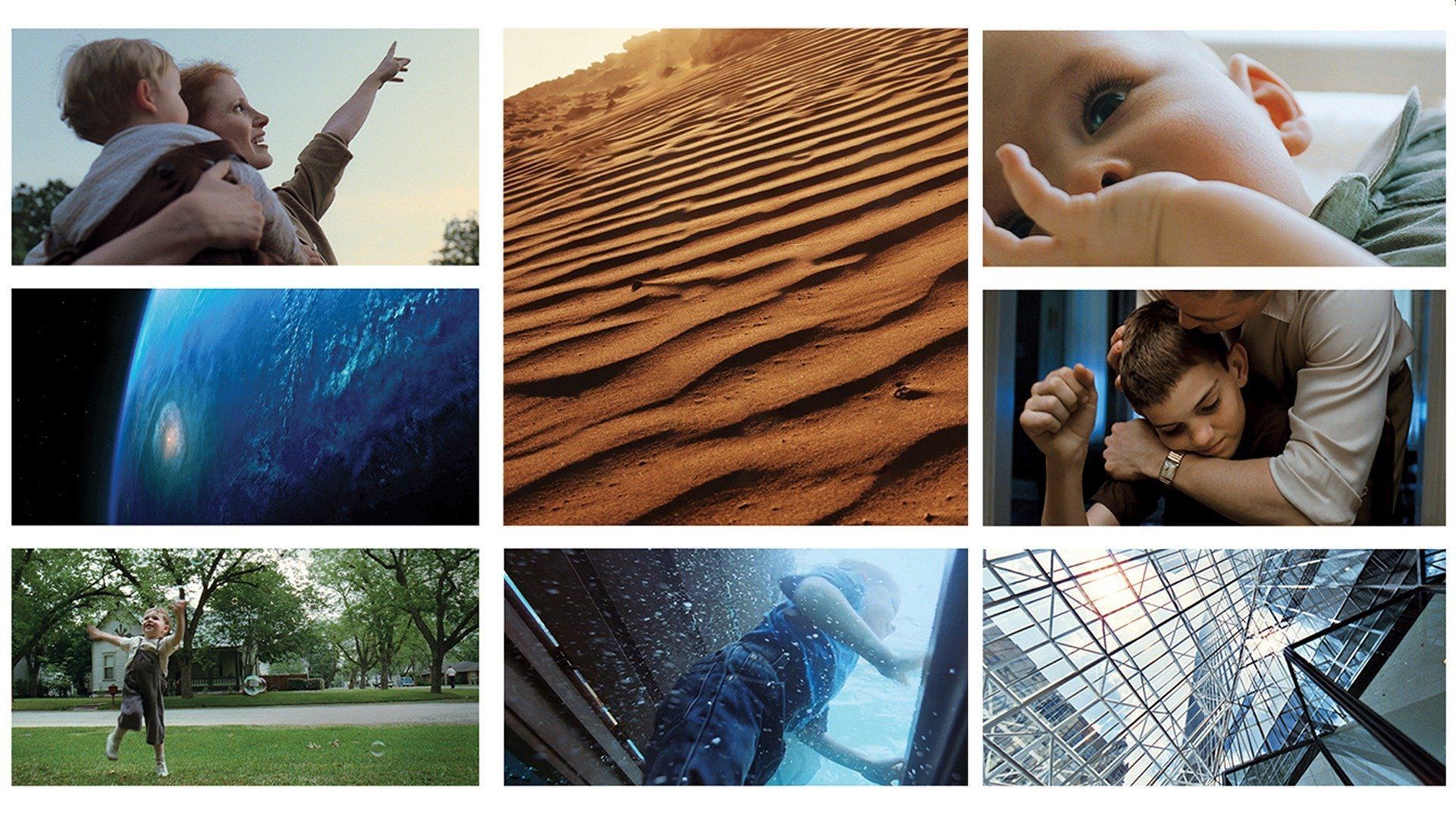
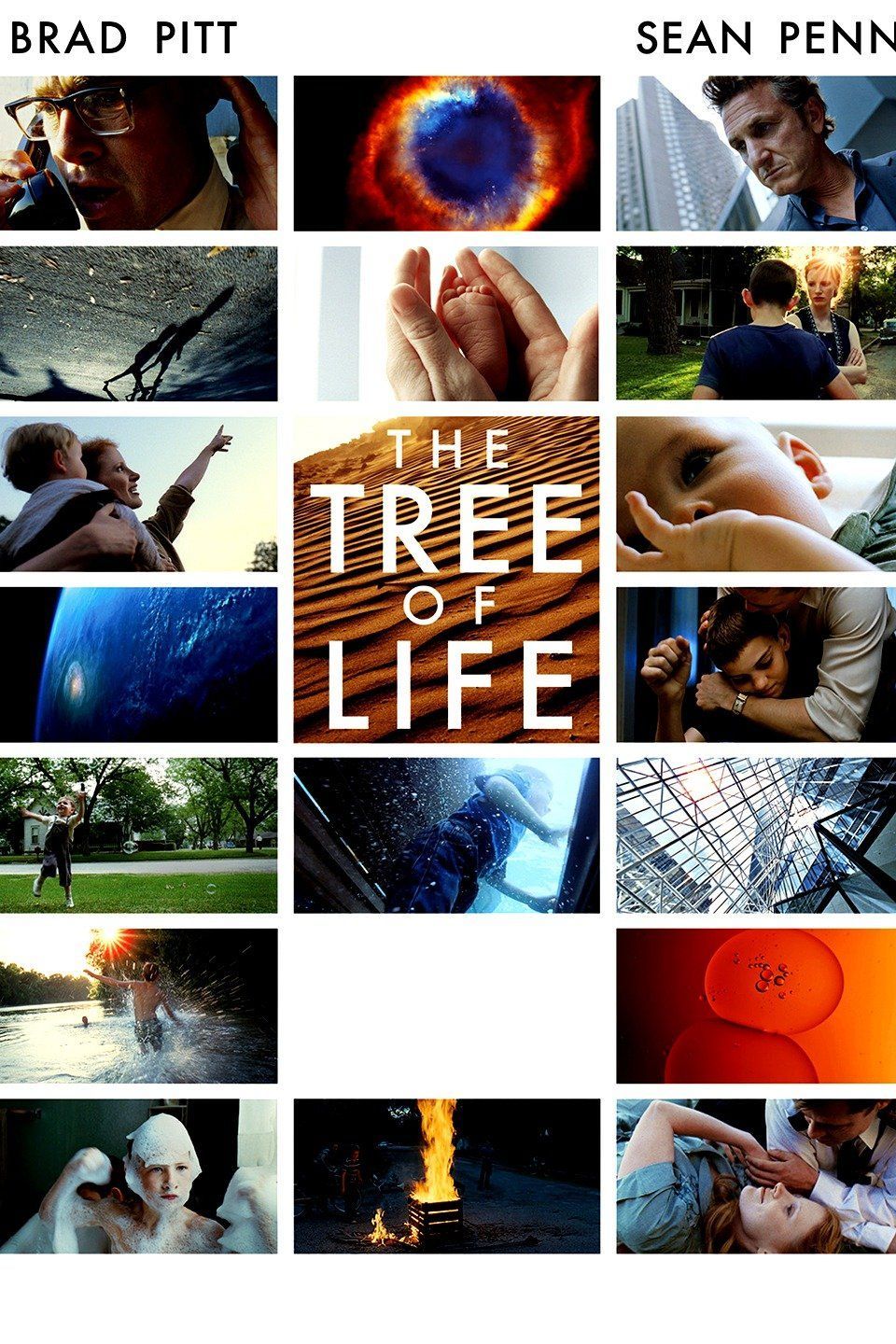
The Tree of Life
Directed by Terrence MalickThe impressionistic story of a Texas family in the 1950s. The film follows the life journey of the eldest son, Jack, through the innocence of childhood to his disillusioned adult years as he tries to reconcile a complicated relationship with his father (Brad Pitt). Jack (played as an adult by Sean Penn) finds himself a lost soul in the modern world, seeking answers to the origins and meaning of life while questioning the existence of faith.
Where to Watch The Tree of Life
Cast of The Tree of Life
The Tree of Life Ratings & Reviews
- MikeOctober 11, 2024A beautiful and philosophical visualization of the growth within life on an universal and personal scale "You'll be grown before that tree is tall." The Tree of Life is a dreamlike film that beautifully visualizes the connection between the grand-scale growth of the Universe and the relatively small growth of our personal life. The message I got about this growth was that; The past impacts the future and the future is a manifestation from the experiences of the past. Another message I got from the film was that; order manifests out of chaos. In the case of The Tree of Life the protagonist’s growth is caused by the reflection on the memories of his childhood. But only the strong memories are remembered, the good and the bad ones. Life took billions of years to reach the point of the death in the beginning of the film. But death is not where life ends. Death is part of life, but life keeps growing. Death impacts life, this is seen by the strict parenting of the father that impacts the boys and their lives at a young and old age. The father already lost a child, he will try his best to prevent this from happening again. This strict patenting, caused the bad behavior during the boy's childhood. The reflection on this bad behavior during his childhood, resulted in the growth of the protagonist when he was older. In other words: The reflection on the chaos of his childhood, manifested into order when he was older. The cinematography in this film is one of the most unique I’ve seen. The close-up shots feel very intimate and the cuts are also very well done. Another interesting thing is that the staging is connected to the boys, because the camera is always at the same height as the them, placing the viewer into the perspective of the boys. All this, combined with the intimate voice-overs, created an emotional connection with the characters. I loved the beautiful score by Alexandre Desplat, in combination with the music from other classical composers. The music sounds like a beautiful creation of art, just like the cinematography looked like a beautiful creation of art. One scene where both these audible and visual creations of art complemented eachother very well, was the birth of the Universe scene. The visuals showed something that is as small and as big as humans can possibly imagine. It did this within abstract compositions and complemented by Zbigniew Preisner‘s rising Lacrimosa, creating a powerful moment. As someone with an interest in astronomy, it shouldn’t come as a surprise that this was my favorite scene of the film. Letterboxd: Mike_v_E
- CrossCutCriticMay 3, 2025“The Ache That Opens the Window” --- There are no villains in this story. Just memory. And gravity. And a boy caught between the two. You don’t watch The Tree of Life so much as drift inside it—like someone waking inside their own childhood, not as a child but as the adult who has finally realized how fragile it all was. How it almost made sense. And then didn’t. There is a mother who floats, barefoot through the grass, her voice a liturgy of grace. There is a father who loves with fists, discipline, and withheld warmth. And there are boys—three of them—growing like vines between love and silence. --- The brilliance of Malick’s film isn’t its visuals (though they ache with holiness), or its structure (which feels like God remembering in real time), but its question: Where does mercy begin? Not as an answer. But as a presence. --- The film opens with loss—an absence that never gets filled. A boy dies. A family breaks. And the grown man that boy once was walks the sterile cathedrals of corporate glass, still haunted by a grace he barely remembers and a father he never understood. And just when the grief becomes unbearable, the screen explodes into creation. --- Planets form. Cells divide. A jellyfish becomes cathedral glass. A dinosaur lifts its foot and chooses not to crush the weak. And somewhere inside this cosmic hymn, you realize— This is not a plot. It’s a psalm. --- What Malick dares to suggest—whispers, really—is that the ache inside this family is not separate from the ache inside the universe. That light and grief are not opposites. That beauty and suffering grew up in the same house. There’s a moment late in the film—no dialogue, no exposition—when the mother lifts her hands and says, simply: “I give him to you.” And it is this that becomes the hinge. Not justice. Not vindication. Not even understanding. Surrender. --- The Tree of Life never answers the questions it asks. It doesn’t need to. Because grace is not an answer. It’s what remains when your answers have broken down. --- The father learns too late. The mother forgives too early. And the boy— The boy sees it all, carries it inside him, and walks toward the shore. Where all things are remembered. Where all things are forgiven. Where someone who once was lost becomes a boy again. Running. --- This isn’t sentiment. It’s resurrection. Not loud. Not triumphant. But cruciform. Hidden. The kind that begins not with victory, but with letting go. --- The Tree of Life is not a religious film. But it is a sacred one. Because somewhere between the galaxies and the grass, between a father’s anger and a mother’s prayer, you remember that you, too, have asked these questions. And you, too, have heard no answer— only light and wind and the voice of mercy that never left. --- Not here to rate. Here to find the mercy in the wreckage. —Crosscut Critic ---










